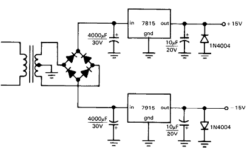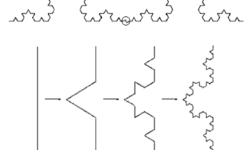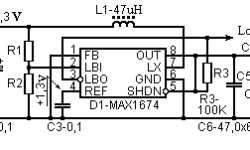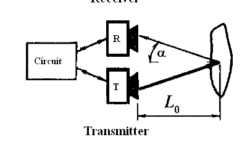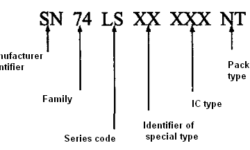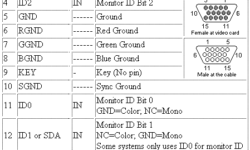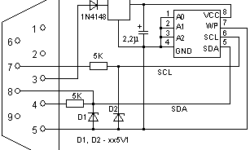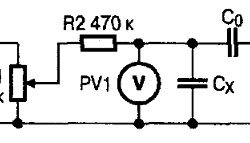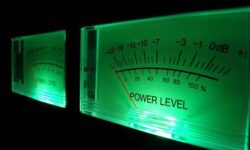Switching step-up and step-down regulators
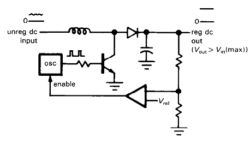
All regular voltage regulators (like 7805) have several disadvantages like output voltage is always lower than input, and some power is dissipated in the control element. Dissipated power is approximately equal to I(Vin-Vout). There is another way to generate a regulated voltage. The method is different from the previous one. A transistor operates as a saturated switch in a switching regulator, which periodically applies the full unregulated voltage across an inductor in short intervals. During each pulse, inductor current builds up, storing energy on its magnetic field: Inductor also smooths the output voltage. Feedback circuit with comparator compares the output voltage with reference and this way changes oscillators pulse width or frequency.






